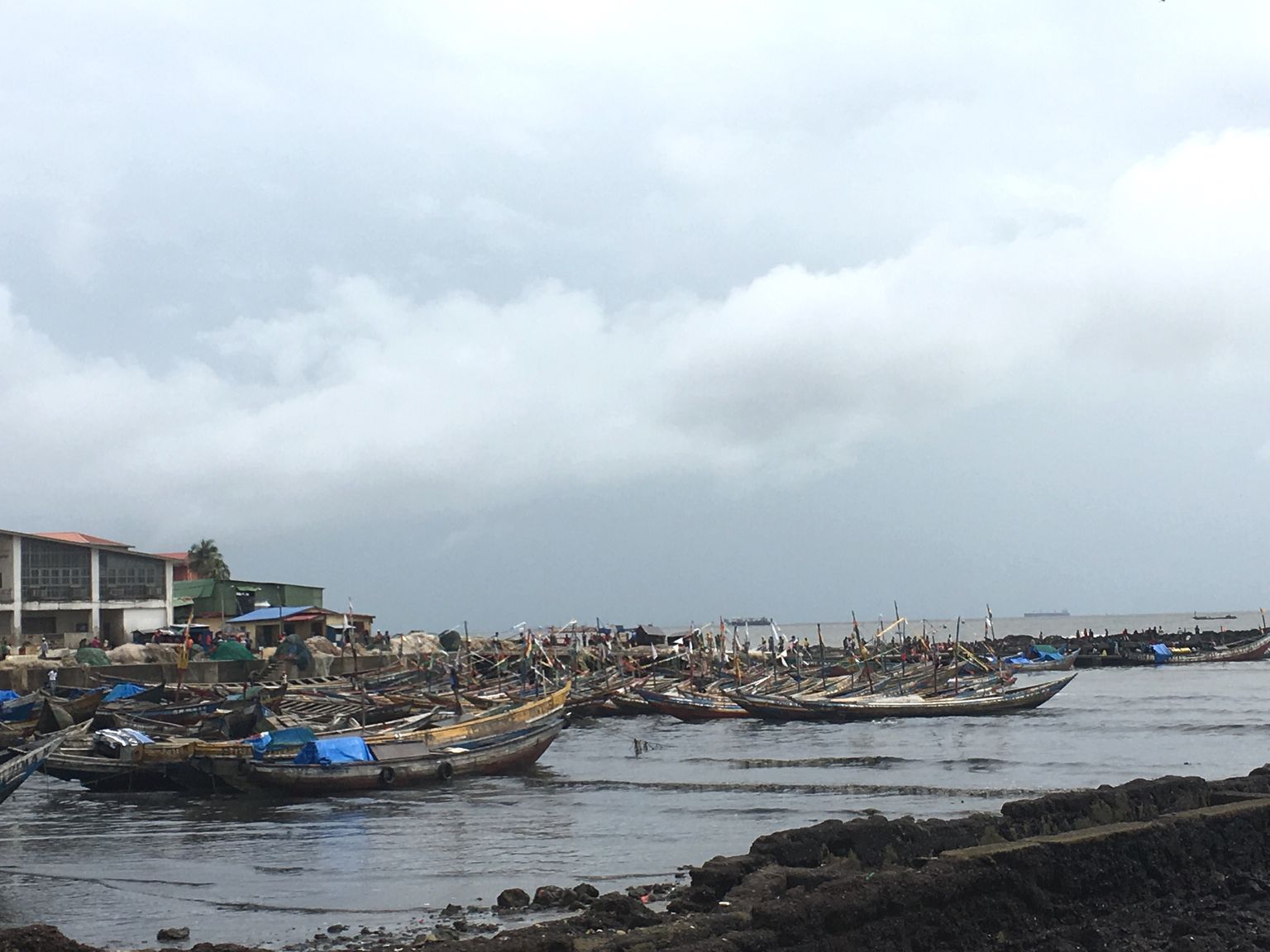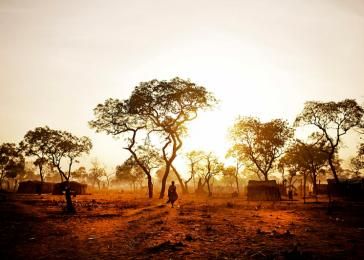This website does not support Internet Explorer, your current browser.
Please view the site with a modern browser such as Google Chrome or Mozilla Firefox.
Naming and shaming
Case Illustrations
Naming and shaming was used in both Guinea and Sudan to help prevent or respond to mass atrocities. Read the brief illustrations below to learn how this tool was used in these cases:
Guinea (2009–10)

Fishing boats at a port in Conakry. —Katherine Labombarde
On September 28, 2009, Guinea’s security forces opened fire on thousands of civilians congregated in a stadium in the city of Conakry who were gathered to peacefully protest the presidential candidacy of military junta leader Moussa Dadis Camara (Amnesty 2019). The incident resulted in over 150 civilian deaths, over 1,500 injured, the rape of over 40 women, and mass detention and torture of civilians (Amnesty 2010). US Secretary of State Hillary Clinton named and shamed the junta’s actions stating, “It was criminality of the greatest degree, and those who committed such acts should not be given any reason to expect that they will escape justice,” and US deputy assistant secretary of state William Fitzgerald directed the blame for the massacre to the president, openly stating, “‘Mr. President, whether you like it or not, it’s tied to you. You are responsible for Sept. 28. The buck stops with you’” (Nossiter 2009). The naming and shaming effort was enhanced as France, international NGOs, and the UN Secretary-General additionally publicly condemned Camara, and sanctions were imposed on the junta by the European Union, the African Union (AU), and the Economic Community of West African States (Campbell 2009). The International Criminal Court (ICC) additionally opened an investigation into the crimes, as Guinea was a signatory to the Rome Statute (MacFarquhar 2009). In December 2009, Camara was injured in an assassination attempt and left the country to recover in Morocco. He then moved to Burkina Faso, paving the way for democratic elections in Guinea in 2010, and has been denied re-entry to Guinea by the new government ever since (BBC 2015).
Sudan (2003–present)

A female refugee from South Kordofan walks through the Yida refugee camp at dawn. —Pete Muller for US Holocaust Memorial Museum
In 2003, violence erupted in the Darfur region of western Sudan after two rebel groups, the Justice and Equality Movement and the Sudan Liberation Army, took up arms against Sudan’s Arab-led government citing “Khartoum’s neglect and political marginalization of the region” (Faris 2007). Sudan’s President Omar al-Bashir responded with a brutal counterinsurgency led by a government-backed Arab militia, the Janjaweed, and “as of spring 2020, over 480,000 people have been killed and more than 2.8 million people are displaced” (World Without Genocide). In 2004 numerous senior US officials, including then-Secretary of State Colin Powell and members of Congress, openly declared the situation in Darfur genocide (Hamilton 2011). That same year the United States was additionally the first and only UN Security Council member to call the atrocities genocide, playing a pivotal role in drawing international attention to the atrocities, and catalyzing the citizen-led “Save Darfur” movement (HRW 2005). In addition to the genocide declaration, senior US officials publicly condemned the atrocities and called out al-Bashir for his personal responsibility on many occasions (e.g., White House 2007, US Department of State 2009). Naming and shaming efforts were accompanied by numerous other actions that sought to end the atrocities, including mediation, ICC investigations, US sanctions, and a joint UN-AU peacekeeping operation. Despite the persistence of US and international efforts to end the atrocities in Darfur, violence continues, albeit at lower levels, and al-Bashir remained in power until 2019.